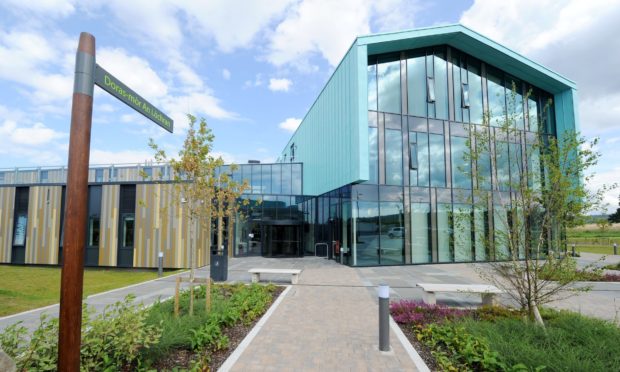In 1964 the late Russell Johnston, then an aspiring Liberal candidate for Inverness, published a slim pamphlet entitled Highland Development.
Russell argued the case for establishing an economic development agency for the Highlands and islands following years of economic stagnation and a slow but inexorable population decline.
Later that year Harold Wilson’s Labour Party came to power and his Scottish secretary Willie Ross was easily persuaded of the need for such a body. Thus it was that the Highlands and Islands Development Board (HIDB) was born.
Alistair Carmichael: ‘Highland problem’ treated but not cured
Revolutionary for its time, the HIDB was an economic development agency with a political and social purpose. A product of the “big government” of the day, its influence stretched from the Mull of Kintyre to Muckle Flugga. Whether it was grants for crofters, fishermen and hotels, or help for setting up small businesses, or taking the Highland and islands’ case to Brussels for desperately needed structural funds – the HIDB was a force for good that slowly arrested the process of decline and depopulation.
By the 1990s the nature of government had changed but the need for an economic development driver remained as strong as ever so in 1991 the HIDB morphed into Highlands and Islands Enterprise (HIE), underpinned by a network of local enterprise companies.
The great strength of the new set-up was the involvement of local businesspeople in their management. The push of the entrepreneur married to the pull of government continued to provide that sense of economic development with a social purpose.
Of course not everything that HIDB or HIE did over the years was perfect. Yes, there are still some white elephants around that have their roots in the work of these bodies. In economic development that is inevitable.
The only way to guarantee not to fail is not to try.
By the first decade of the 21st Century many in government were questioning the need for an economic development structure of the sort we had. It was a bit like the patient who stops taking antibiotics before the prescription is finished because they are feeling better.
In 2007 John Swinney, the incoming SNP finance minister, took and axe to the structure and its budgets. Gone were the local enterprise companies and with them the local reach, the engagement with business and most of the budget. HIE continues to function but as a shadow of its former self.
A few years ago the Scottish Government returned to the scene of the crime with a proposal to fold the remaining operation into a single body covering all of Scotland. The response across the Highlands and islands was fierce and ultimately the SNP retreated but, even then, many of us knew that we were defending the efforts made by the giants of yesteryear rather than their successors of today.
Today the economic fallout of the Covid-19 pandemic risks taking us back to the same “Highland problem” identified by Russell Johnston and Willie Ross in the 1960s. The need for a renewed vision of economic development with a political and social purpose is every bit as great today as it was then.
The people who know best what will help business to thrive are the people who run the businesses themselves. The people who know best what is good for the community in places as diverse as Shetland, Orkney, Tain, Portree or Islay (to pick a few at random) are the people who live there. Remote control from Edinburgh (or even from Inverness) has failed these communities for years. Continue to do that and we shall continue to fail. The only difference will be the speed at which we decline.
There is an urgent need now for a Highlands and Islands Development Board for the 21st Century. We do not need to reinvent the wheel here. The history of the last 55 years can tell us what will work. We need a body with the reach and influence that characterised the HIDB – the reach in our business communities and the influence in government to deliver for them. Highlands and Islands Enterprise as we currently know it has had its day. It needs to be replaced with a body that can do what we need.
Rollout of superfast broadband, the development of marine renewable energy, the upgrading of transport links to keep our communities growing and thriving in the post-Covid world. The work on all these fronts and much more is urgent. Our governments in Edinburgh and London have got to work with our councils and our businesspeople to get help to the people who can use it.
The “Highland problem” may have been treated but it has never properly been cured. Fail to act and it will be back with a vengeance.
Alistair Carmichael has been the Liberal Democrat MP for Orkney and Shetland since 2001. He served as secretary of state for Scotland in the coalition government at Westminster between 2013 and 2015.
